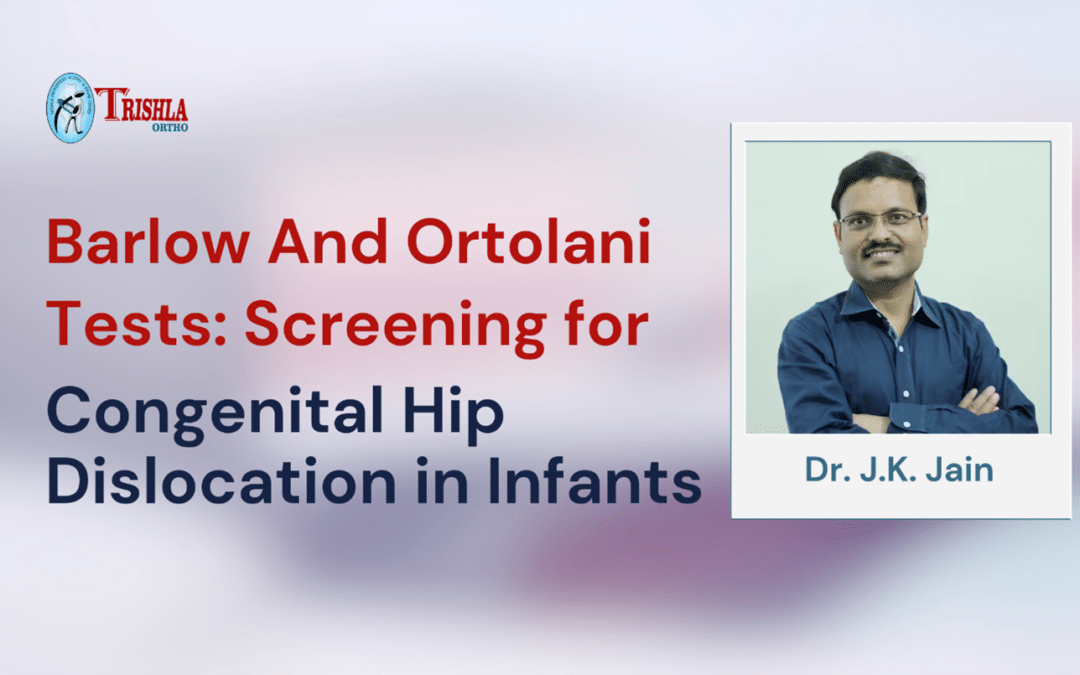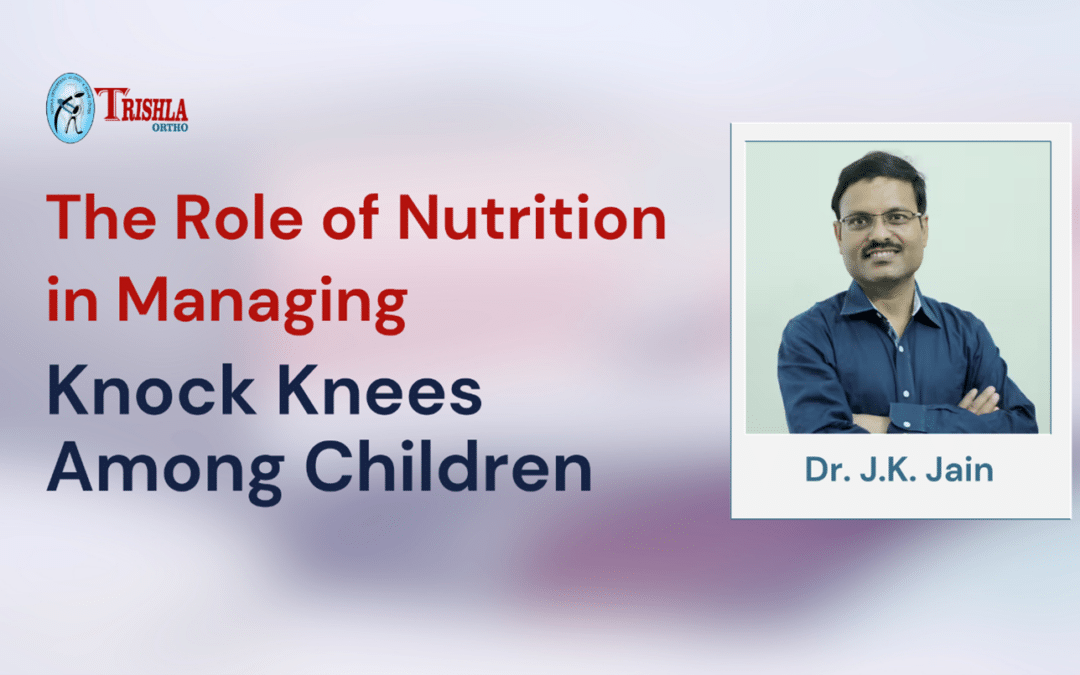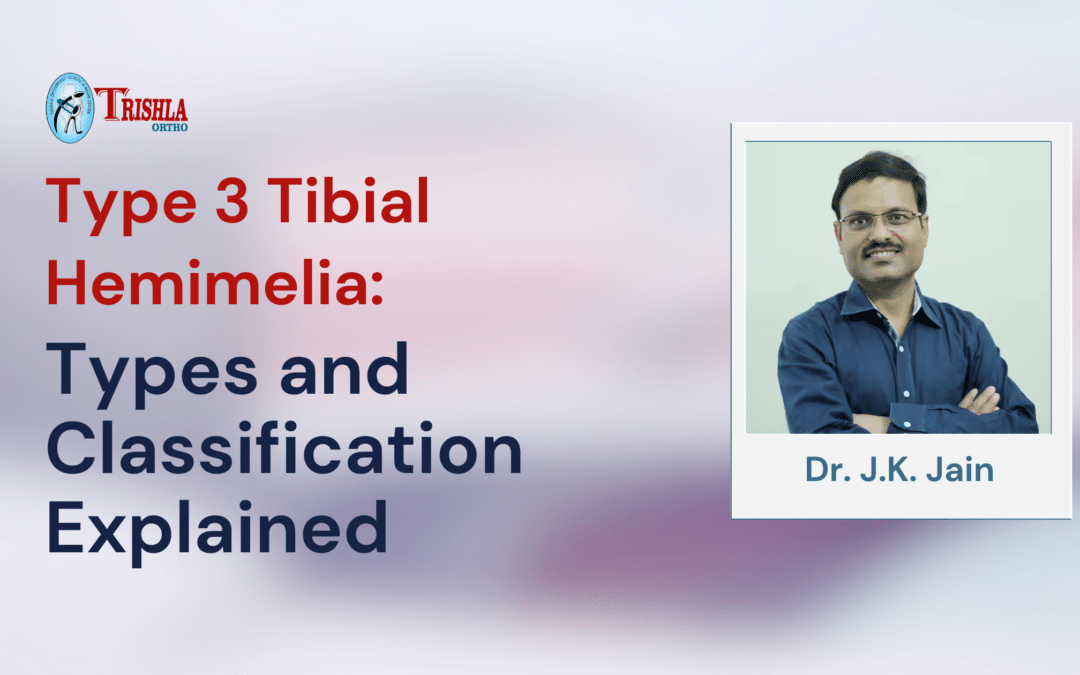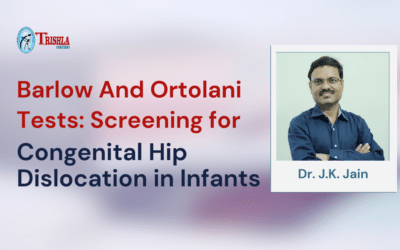A common problem in children, bow legs cause the legs to appear bent or bowed outward. In addition, this problem can be observed by doctors in babies and adults when there is room between the knees while they stand or lie down with their ankles and feet touching. Babies often have bow legs at birth, but those usually disappear when they age two. We see many bow legs, but as they grow, they improve. After two, bow legs may indicate rickets or Blount’s disease. Obesity and excess weight are common causes of bow legs in teenagers. Keep on reading about Effects of bow legged baby treatment.
Is It Concerning If the Baby Is Born with a Bow Leg
Parents worry about their children’s gait and leg alignment. It is difficult to know when to worry and when to relax.
Young children often develop bowed legs, which are visible when they stand with their feet together and a wide gap between their knees. One or both legs could be affected.
Babies and toddlers often straighten their crooked legs as they mature with the help of some exercises for Bow legged baby. If bowed legs do not straighten up by the time a child reaches the age of 3, a pathologic reason, like rickets or Blount’s disease, may be present. Additionally, splayed legs can be seen in adolescents, most commonly in very overweight children.
Your child’s age and the degree of bowing should be considered while deciding whether to be worried. If a baby or toddler under two exhibits mild bowing, it is common and should improve with time. Severe, worsening, or persistent bowing legs beyond the age of three, however, warrant a referral to an expert.
Referrals should be made promptly. If treatment for ricket in children, which causes a lack of vitamin D, is initiated before the deformity becomes severely apparent, bowed legs will resolve. If a brace is worn beginning between the ages of three and four, a child with Blount’s disease may not need surgery. Surgery may be necessary for older children with bowed legs; nevertheless, performing the procedure before the deformity worsens is preferable.
Surgery Type
There are two primary categories of bow-legged baby treatment:
Guided growth: One easy outpatient technique is guided growth, which involves attaching a thin metal plate or screw to the growth plate to hold it in place. The leg will eventually straighten out with advancement of age but this process can only be done in young children when child is growing. .
Osteotomy: The osteotomy treatment involves cutting and repositioning bone to fix a bent leg. After that, either an external frame or an internal plate and screws secure the bone. Severe cases or those with no remaining growth can’t benefit from guided growth, so this is necessary.
Suggestions on when to consult a doctor
If your child’s legs are bowed, it is essential to consult a doctor for bow legged baby treatment.
When your child need treatment:
- Leg bowing after the age of three;
- Severe bowing or worsening over time;
- A history of bowing in the family or an unusual diet (such as avoiding milk or dairy products) & no exposure to sun light
How are Bow Legs Identified?
If your child have more space between knees in comparison to ankle join t then there is strong possibility of bow leg in your
child. Typically, doctors will not order further tests if your child is younger than two years old. Instead, we should monitor your child’s bowing to ensure it goes away as they age. Once your child reaches age two, our doctors will take measurements of their legs and watch how they walk. To examine your child’s skeletal system, we recommend imaging studies, such as X-rays, to examine the knees and legs. Blood tests may rule out Rickets and other bow leg illnesses. Paediatric orthopaedic experts know kids well in detail and will give your child the most excellent care.
Can It Be Corrected
Most cases of bow legs in children younger than two years old resolve independently. Since experts are specialists in this area, they will monitor their progress. They treat teenagers and older children, whose ages vary according to the underlying cause of their ailment.
How are Babies with Bow Legs Corrected
Infants and toddlers typically do not need medical attention unless their illness is life-threatening. If bow legs persist beyond age two, the underlying cause will determine the best course of action. Bow-legged baby treatment can be necessary afterward.
- Blount’s disease:Splints and leg braces can be a lifesaver when applied early. But some f them require surgery.
- Rickets Disease:We may recommend vitamin D and calcium supplements for your child in conjunction with their pediatrician to help manage their condition. We may also suggest seeing a specialist if we suspect a hereditary cause of your child’s rickets.
- The doctors may suggest surgery to fix the condition and stop further damage if the bowing doesn’t go away after treatment. Here are some surgical options:
- Guided development: A tiny metal staple or plate will be inserted into their leg as part of this process. For a brief while, this will prevent the healthy side of the shin bone from growing any further, giving the diseased side a chance to catch up. The plate or staple is removed once your child’s leg has straightened, which happens naturally as they grow.
- Tibia osteotomy: To realign the shin bone below the knee, we shall cut and shape it. During the healing process, the bone is secured with a plate and screws either inside the leg or on an outside frame.
Do Bow Legs Correct Naturally?
Treatment for bow-legged babies depends on the underlying cause. According to some doctors, early treatment options may include braces.
Observation of Bowed Legs
Lastly, bow legs in babies are typically nothing to worry about. Also, treatment is optional for most infants and toddlers who outgrow the illness. Our medical staff will closely monitor your child’s vital signs throughout their development. Your kid’s doctor will discuss bow-legged baby treatment alternatives with you if the condition does not improve by the time your child turns two. Finally, to make sure your child gets over the ailment and has a healthy, everyday life afterward, give us a call and schedule an appointment.
Early detection and adequate therapy of bowed legs in children are crucial, as they are a severe problem. Healthcare providers, parents, and carers must understand the condition’s origins, symptoms, diagnosis, and treatment choices. Kids with this illness can have significant long-term results if we encourage early intervention, use proven treatment methods, and give them extensive rehabilitation.
Conclusion
Contact an expert doctor if you are concerned about your child’s bow-legged condition and want to begin bow-legged baby treatment. Their team of skilled experts will devise a unique strategy just for you. They will provide the best care for your child during recovery. They’ve treated pediatric ailments and injuries for years and know how to help kids recover. Therefore, think about getting a child started on treatment as soon as possible so they can get the most excellent care possible.











